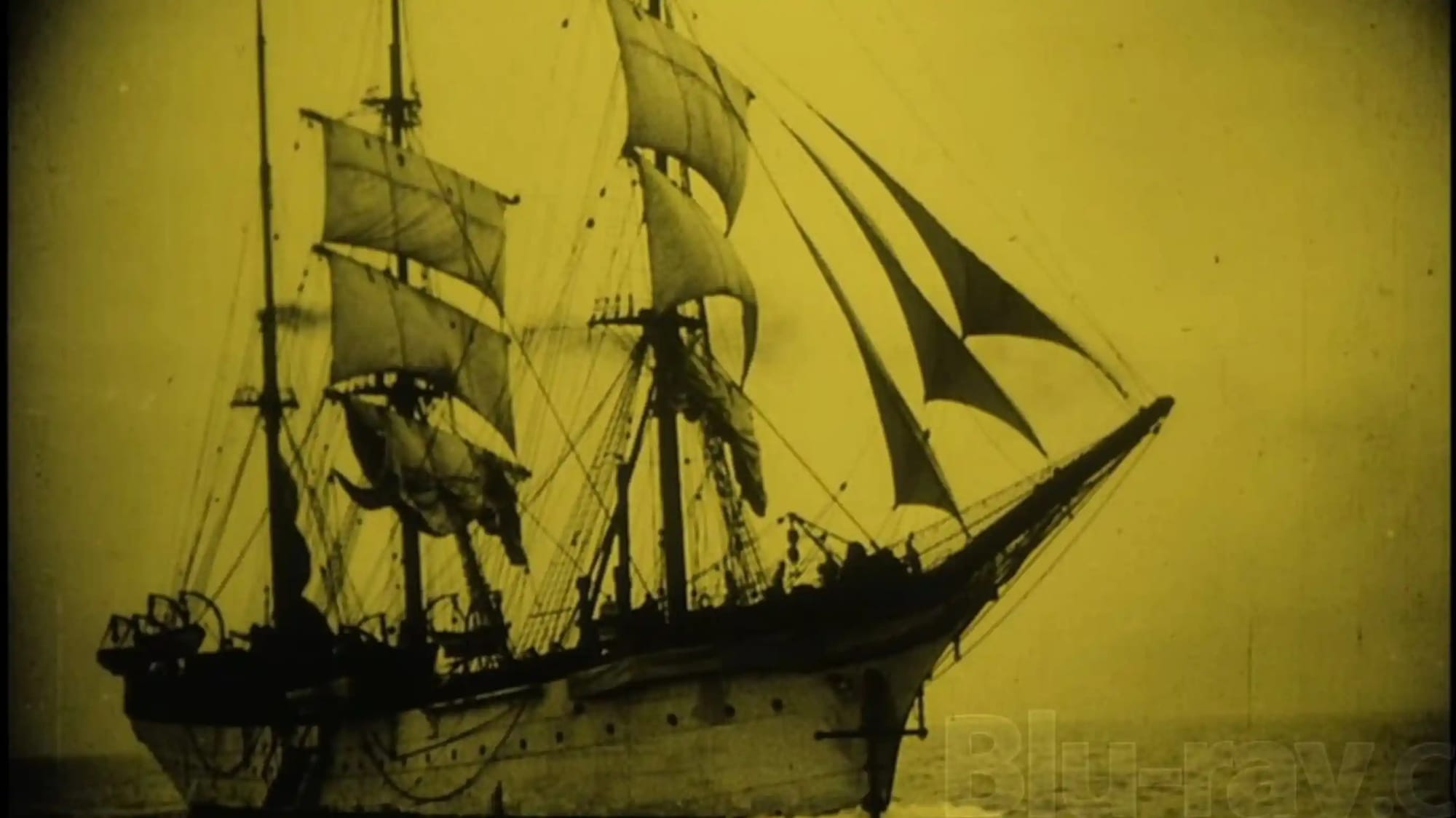Fritz on Fridays: The Spiders — The Diamond Ship
The second of Fritz Lang’s two Spiders films, released in 1920 but considered a lost film until the 1970s, might be the most reprobate picture of his nearly six-decade career.

On the first Friday of every month, this column by critic Joshua Polanski will feature a short review or essay on a film directed by Fritz Lang (1890-1976), the great Austrian “Master of Darkness.” Occasionally (but not too occasionally), Fritz on Fridays will also feature interviews and conversations with relevant critics, scholars and filmmakers about Lang’s influence and filmography.
The second of Fritz Lang’s two Spiders films, released in 1920 but considered a lost film until the 1970s, might be the most reprobate picture of his nearly six-decade career. Sprawling from London to the Falkland Islands by way of San Francisco, the crime and adventure flick The Spiders — The Diamond Ship is neither entertaining nor responsible. Some may be tempted to dismiss it as art of “its time,” but even if one were to judge the work by its early 20th-century peers, Lang doesn’t come out too pretty. Even before the end of the beginning credits, Lang establishes a racial hierarchy through the casting, where at least two performers are listed as playing characters reduced to racial descriptions —“A Jew” and “A Chinese” — in a reliable representation of the troubledness that follows.
The Diamond Ship picks up with the aftermath of the murder of Sun Priestess Naela (Lil Dagover) by the Spiders, the excessively disordered crime syndicate from The Golden Sea. Her lover and the series’ protagonist, Kay Hoog (Carl de Vogt), seeks to avenge her murder and eradicate the malum of the Spiders. In his investigation of the organization, Kay discovers a subterranean nest of debauchery beneath San Francisco’s Chinatown; in a logic not unlike the Nazi’s Jewish blaming of the so-called “November criminals” (Novemberverbrecher), the problems of the aboveground world can find probable origin in this Asian underground city and thus originate with the unsanctioned economy of a racial and ethnic minority. The racism isn’t incidental; it’s essential.
Continue reading at the Midwest Film Journal.